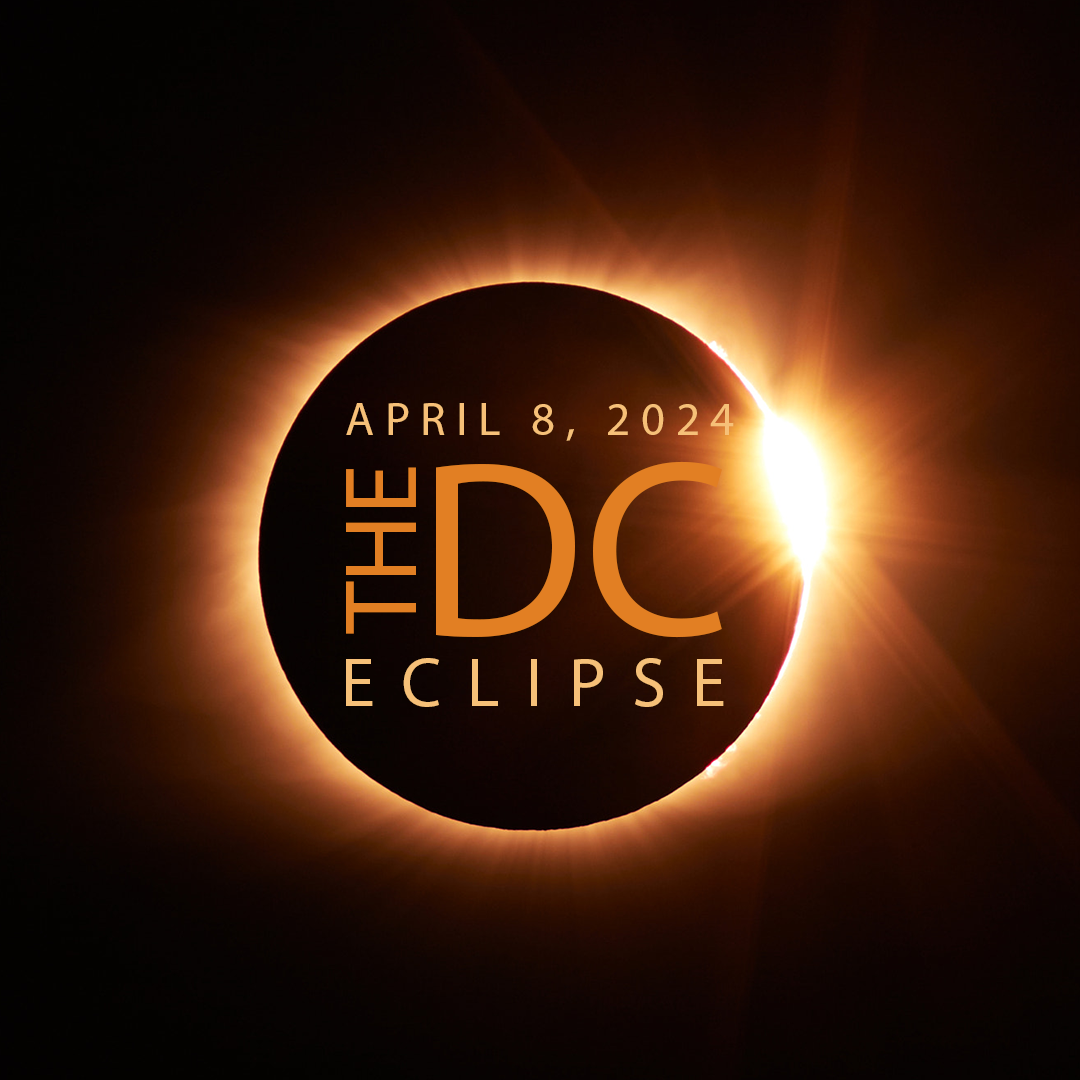Sticking up for the little guy, rebellion, art, consumerism and a $544 billion industry.
Two opposing sides of the advertising business clash every day inside the agencies, but are rarely exposed to the mass of consumers who are subjected to thousands of ads each day.
Doug Pray’s documentary, “Art & Copy,” profiles the creative geniuses behind the ads that shaped our culture, changed our minds and persuaded us to buy.
They are major forces behind our capitalist society that have launched multi-million dollar brands like Apple, Nike and MTV to become what they are today.
However, they view themselves as rebels, underdogs and misunderstood artists.
They strive to do something more with their work than just sell. A difficult task, when that is the main objective of their jobs.
A common thread among the creatives in the film is their acknowledgment of a special sixth sense among those in the industry—the apparent ability to know what people want before they know it themselves.
“Some people play piano or sing. I was born, as a number of people are in advertising, with a gift for sensing what will turn you on,” Mary Wells, the first woman to own and run an ad agency, said.
Phyllis K. Robinson, the only other woman advertiser profiled in the film (a good representative of the small number of female advertising leaders in the industry today) is credited with the invention of the “me” generation with her Clairol campaign, “It let’s me be me.”
In response, she said, “The ‘me’ generation was there and I pointed it out to you.” The other commonality is the need to elevate advertising and even society to higher standards.
“We are more passionate about what our clients can be and should be than they are. Why don’t you aspire to loving dogs rather than just feeding dogs?” Lee Clow, TBWA/Chiat/Day’s chairman and chief creative officer, no doubt referring to his award-winning campaign for Pedigree said.
However, at times the deeper meaning comes from the public’s interpretation of the ad, not the intentional message of the creative director.
The most shocking evidence of this is the origins of Nike’s inspirational ‘Just Do It’ slogan. Dan Wieden of Wieden + Kennedy admits that the idea came from a murderer’s last words before facing the firing squad at his execution: “Let’s do it.”
A far cry from what you would expect for the three words that motivated people to push themselves, not only in athletics, but also in their everyday lives.
The creative nostalgic monologues are intersected with staggering statistics like these: the average city-dweller is exposed to 5,000 advertising messages a day, the average household watches more than eight hours of television per day and 65-percent of people say they are constantly bombarded with advertising.
Pray doesn’t discuss the ethical implications of these statistics, he merely uses them to convey the magnitude of the reach that these messages have.
The film focused on the people behind the iconic ads that ushered in the creative revolution—the shift from literal advertising to more conceptual and brand-minded advertising.
However, Pray never touches on the creative advertising world’s more contemporary movers and shakers who are carrying on the legacy, like Crispin Porter + Bogusky’s Alex Bogusky, that would have added more insight to today’s creative culture.
The Dallas screening of the film, put on by the Dallas Ad League, was probably preaching to the choir.
Dallas is home to a large number of advertising professionals, creative people and worshippers of the legends profiled in the film like George Lois and Hal Riney.
The entire audience applauded after the clip of the 1984 Apple commercial that launched the new Mac.
Although it holds a top spot on AdAge’s list of “Best Ad Campaigns” and is considered to be the best ad ever made, it is mostly known among industry insiders, as it only ran once during the Super Bowl in 1984.
Funded by the One Club, a non-profit organization whose purpose is to “promote excellence in advertising and design in all its forms,” the film comes off a little bit as a documentary made by advertisers and for advertisers.
However, the average consumer would benefit from viewing the film and seeing the minds behind the ideas they internalize.
Although there is an overtone of hypocrisy, the passion that these advertisers have for their jobs is inspiring and their desire to elevate advertising to the same level as art and use it to change the world is admirable.














